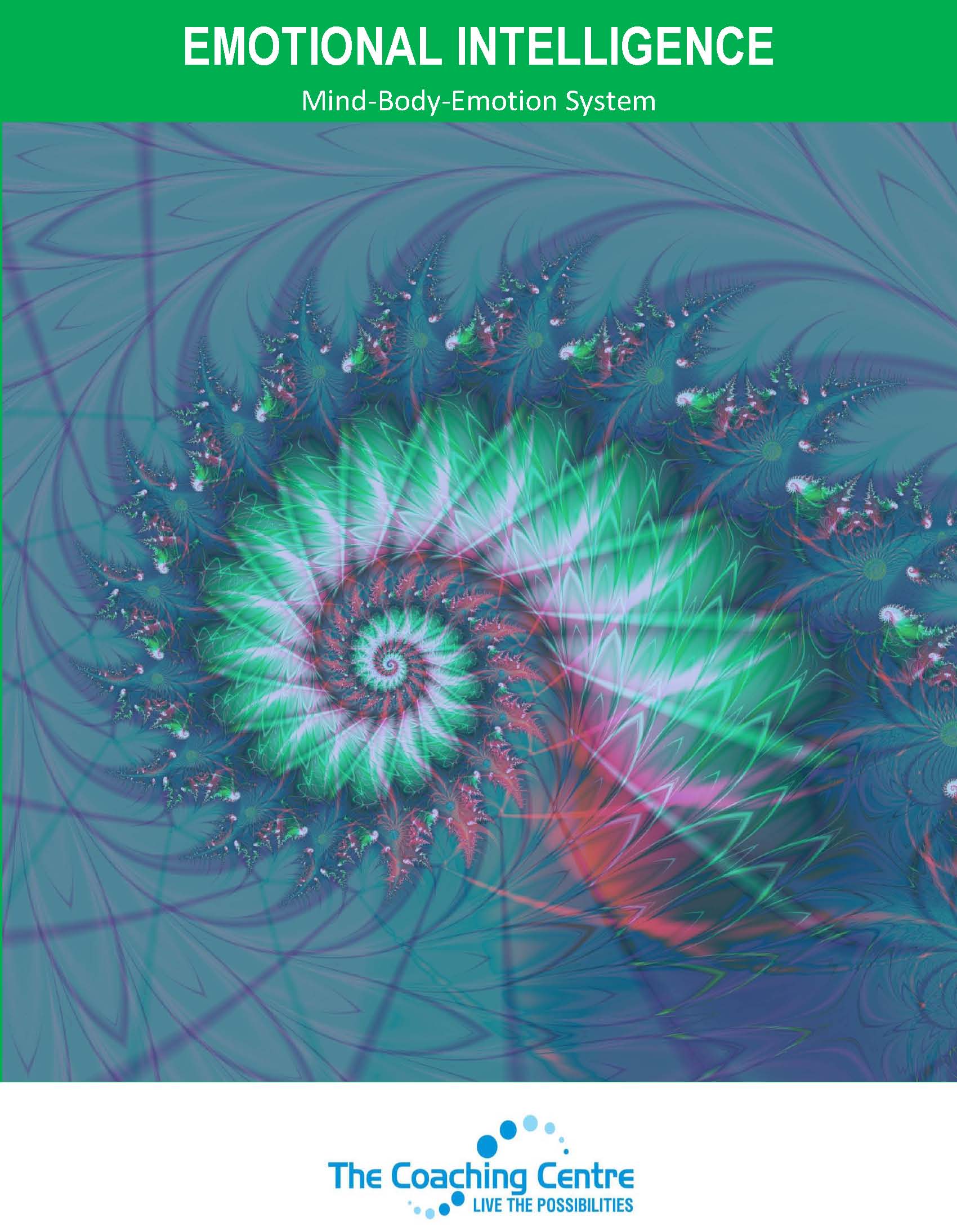Why “Stacking States” Can Sabotage Your Success: The Hidden Dangers of NLP’s Most Popular Technique
The Miracle That Backfired
Picture this: A former abuser sits across from an NLP trainer, ready to build his “Circle of Excellence” – a powerful technique designed to create an unshakeable foundation of positive states. The trainer guides him to access calmness first, then enthusiastically stacks on focus, decision-making, competence, fun, and confidence. Layer upon layer of positivity, building what seems like an impenetrable fortress of personal power.
Sounds like a success story, right?
Here’s the problem: This approach might have just sabotaged everything.
What Most People Get Wrong About NLP State Stacking
When you first learn Neuro-Linguistic Programming (NLP), you’re taught to “stack states” – essentially layering positive emotional and mental states on top of each other. Think of it like the Circle of Excellence pattern, where you identify resourceful states like joy, confidence, or determination, then pile them together like building blocks.
The assumption seems logical: More positive states = better results.
The reality is far more complex – and potentially dangerous if you don’t understand what’s really happening.
The Hidden Science Behind State Interactions
Here’s what nobody tells you about combining states: Every state you add creates a relationship with the states already there. It’s not simple addition – it’s chemistry. And just like in chemistry, mixing the wrong elements can create explosions instead of solutions.
Through extensive research in Meta-States training, we’ve identified 16 distinct ways that states can interact with each other. Think of these as the “rules of engagement” between different mental and emotional states:
The 16 State Interfaces: Your Mental Chemistry Set
Amplifying Effects:
• Apply passion to love → Intensifies the original feeling
• Apply joy to learning → Supercharges your ability to absorb information
• Apply fear to fear → Creates overwhelming anxiety
Reducing Effects:
• Apply calmness to anger → Naturally defuses tension
• Apply mindfulness to fear → Reduces anxiety’s grip
• Apply playfulness to seriousness → Lightens heavy emotions
Distorting Effects:
• Apply anger to anger → Creates destructive rage
• Apply love to love → Can become obsessive attachment
Neutralising Effects:
• Apply doubt to doubt → Cancels out the questioning
• Apply flexibility to compulsiveness → Breaks rigid patterns
Interrupting Effects:
• Apply anxiety to calmness → Shatters peace of mind
• Apply humour to seriousness → Breaks intense focus
And the list continues through confusion, paradox, dissociation, and other complex interactions…
Why Positive + Positive Can Equal Disaster
Here’s where most people’s understanding breaks down completely. Positive states can absolutely destroy other positive states.
Consider these real-world examples:
• Love + Power might create a controlling dictator who “loves” others by dominating them
• Pride + Confidence often produces an arrogant know-it-all who can’t learn from mistakes
• Enthusiasm + Focus could generate obsessive tunnel vision that misses important details
The Relationship Problem: Why Random Stacking Fails
When you randomly throw positive states together, you’re essentially conducting uncontrolled chemistry experiments with your mind. Each state brings its own thoughts, feelings, and physical sensations. When they collide, they create unpredictable reactions.
The core issue:
You might spend energy building up a resourceful state, then accidentally tear it down with the next state you add.It’s like constructing a building while simultaneously removing the foundation.
The Right Way to Build Powerful State Combinations
Instead of random stacking, use strategic meta-stating:
1. Choose your primary state carefully – What’s the core resource you need?
2. Consider the relationship – How will your next state interact with the first?
3. Test the combination – Does the second state enhance, reduce, or distort the first?
4. Build systematically – Each addition should strengthen your overall structure
5. Monitor the effects – Pay attention to how you actually feel, not how you think you should feel
Your Action Plan: Safe State Enhancement
Before you stack any states, ask yourself:
• What specific outcome am I trying to create?
• How do these states naturally relate to each other?
• Am I building toward something, or just collecting positive feelings?
• What’s the worst-case scenario if these states interact badly?
Remember: The goal isn’t to have as many positive states as possible – it’s to have the right combination of states that actually serve your purpose.
The Bottom Line
State stacking isn’t inherently dangerous, but treating it like a simple addition problem absolutely is. Your mind operates more like a complex ecosystem than a shopping cart where you can just throw in whatever looks good.
The key insight: Understanding the relationships between states is infinitely more valuable than just knowing how to access individual states.
Master this principle, and you’ll move from accidentally sabotaging yourself to intentionally creating the exact mental and emotional resources you need for any situation.
Want to learn more about proper meta-stating techniques? The principles outlined here come from extensive Meta-States training research, including the SL (Self Leadership) program and comprehensive interface mapping studies.

